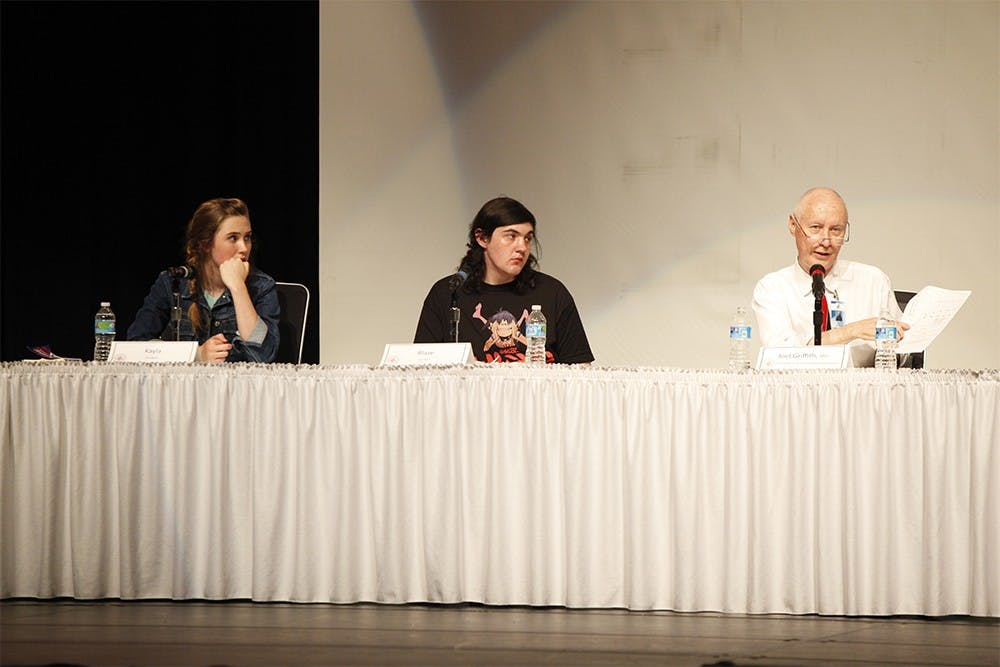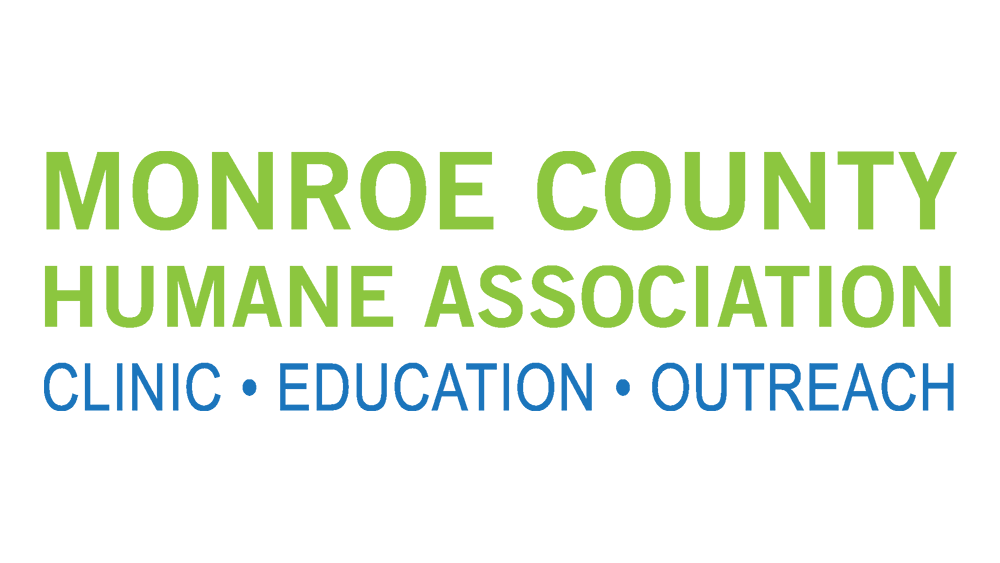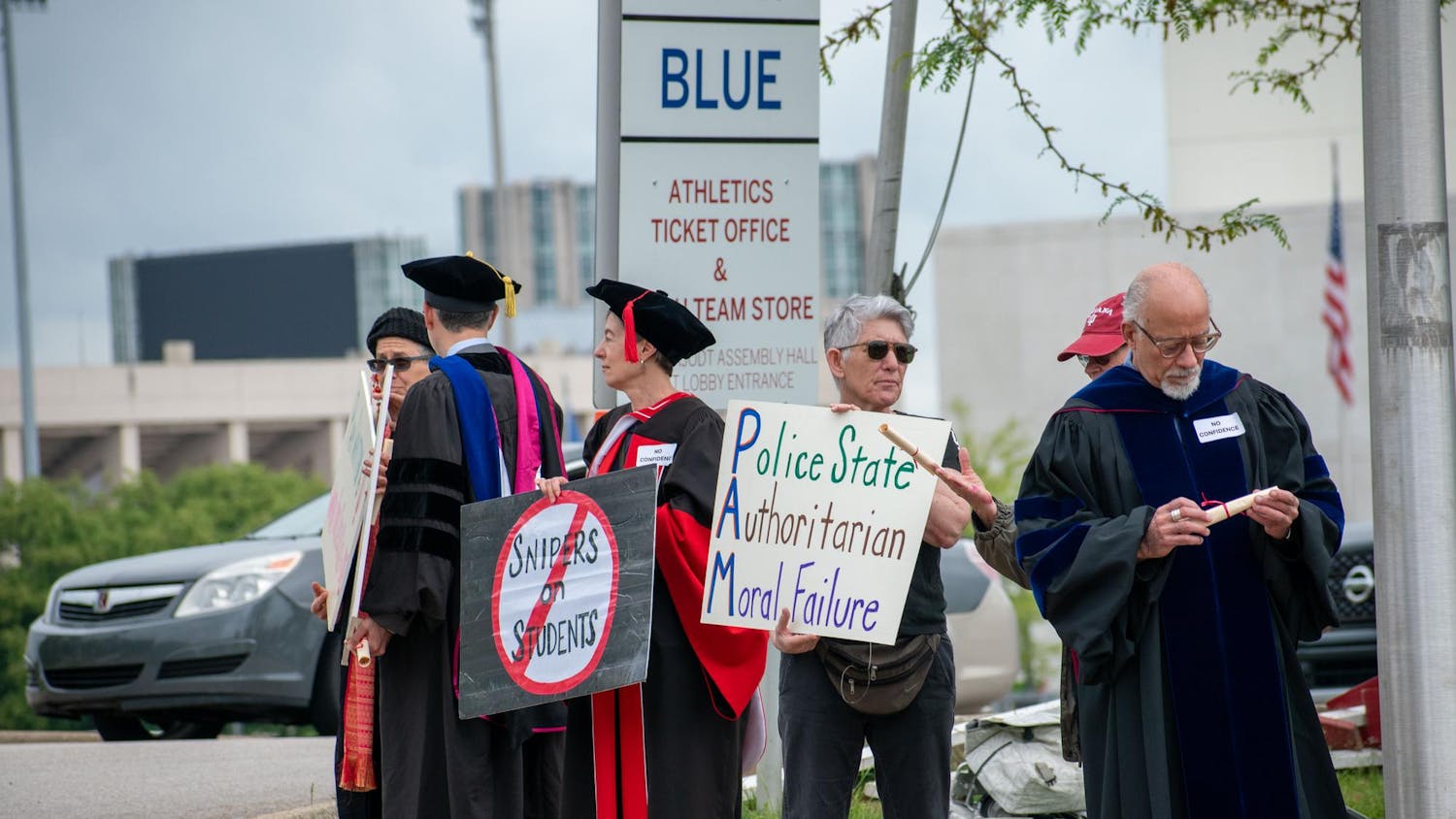Four psychologists accompany them at the long white table on the stage. It’s not a new experience for them, being around psychologists.
With long, shiny hair and bright eyes, Kayla is a beautiful young woman whose height and composure make her seem older than her 16 years. When she speaks, it becomes evident that the unexpected maturity doesn’t stop at her appearance.
Blaze has shoulder length black hair and sports black leggings with bones on them that make his legs look like skeletons.
He laughs as friends make faces at him, and he waves like royalty. Looking at the 18 year old today, one might never realize he once believed no one wanted him.
Added together, these two teenagers have tried to kill themselves 16 times. Sunday, they sat in front of their peers and complete strangers to try and explain why.
***
The “Our Kids and Suicide” panel was organized by the Local Council of Women Inc., a group dedicated to improving health and access to healthcare in the Bloomington community. This discussion is a part of their series on sex, drugs and suicide.
“As the new president this year, my goal was to do a series on issues that are effecting our youth in our community,” Vanessa ?McClary said. “It seems like suicide happens a lot here, but no one really says it happens.”
In an effort to change that, the women assembled a group of four local mental health experts to answer questions from the high schoolers, parents and other community members in attendance. One of these experts was Joel Griffith.
Griffith first became interested in suicide when he met a five-year-old boy who laid down on the tracks as a train thundered toward him. As the conductor’s whistle blew, the frightened child scurried away, narrowly avoiding a painful death.The boy had felt guilty. He blamed himself for his father’s blindness.
“I was shocked that even a five-year-old might have really wanted to end his life,” Griffith, a psychiatrist at Meadows Hospital, said. “We now know that that is fairly rare. Less than a one percent chance.”
Those odds stay low until around age 10 when they slowly begin to climb. When children turn 12, they skyrocket to the point where about 50 percent of teens have contemplated suicide by the age of 18.
Blaze’s story fits in with those trends.
“I’ve been suicidal since I was around the age of 10,” he said to the audience.
“I’ve attempted it 11 times now. I was bullied in middle school so much that I began to feel helpless and like no one would care if I was gone. I felt like I was all alone in this world.”
Tim Donovan, a licensed mental health care provider in Bloomington, noted that sense of being alone is one of the key things to look for when talking to depressed teens.
“There’s a mental shift that happens when teens stop talking about how them killing themselves would destroy their families and be terrible for their friends and start talking more like, ‘I would be doing them a favor,’” Donovan said. “At that point, they need more immediate attention.”
***
Both Kayla and Blaze are currently living in Meadows Hospital where they are making rapid progress toward being discharged.
As part of her recovery process, Kayla and her best friend created the organization Breaking the Silence with the goal of getting more people to talk about and understand self-harm and suicide.
Together, they created a video that featured girls wearing white masks.
“The masks really represent the darkness in our lives,” she explained.
“A lot of people try to cover themselves up when really they need to express what they’re feeling.
“A lot of them feel ashamed of what they’re feeling, but we really just need to talk about it.”
The film ended with a chilling montage of young faces covered by the words, “Don’t be next.”






